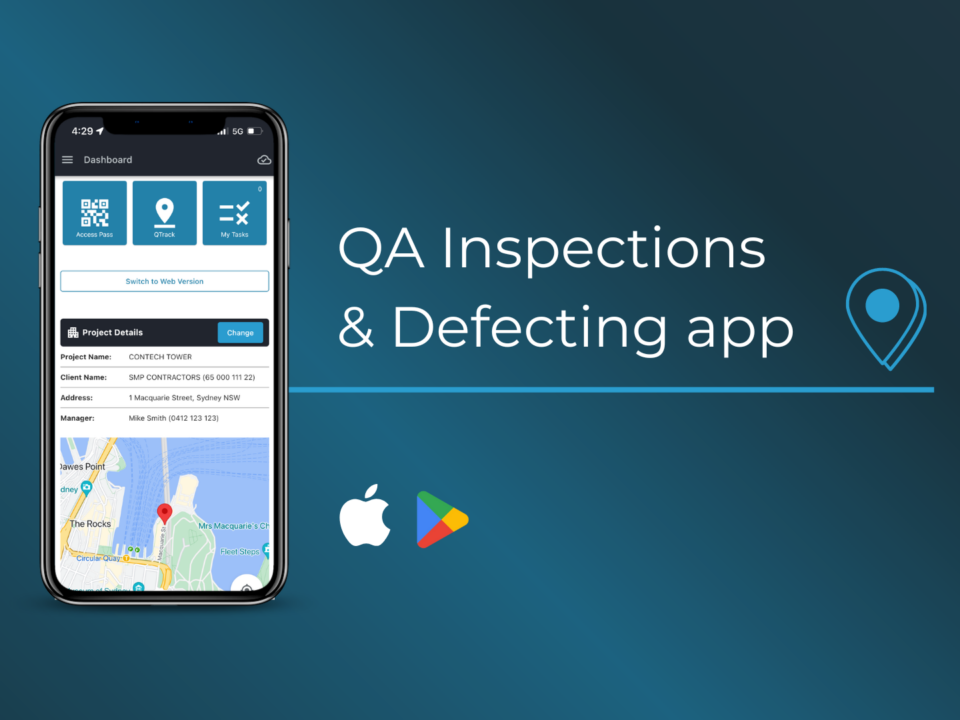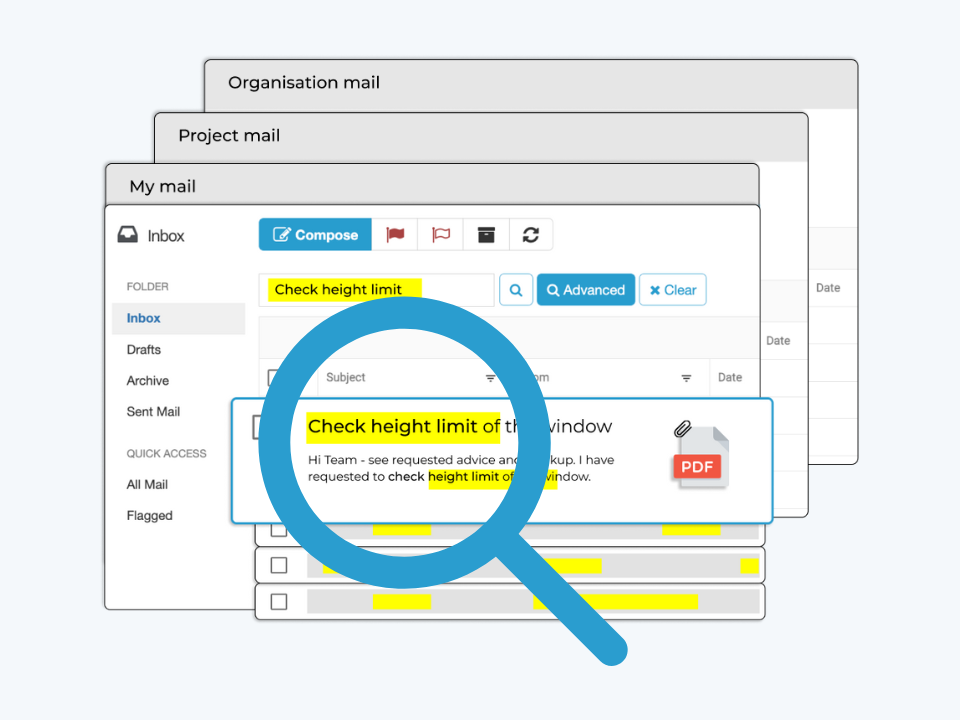QUALITY, REGULATION, DOCUMENT MANAGEMENT
Property and construction industry let down by outdated software
Outdated software has hindered digital transformation and now property and construction groups find themselves in the regulatory spotlight
Published 22 June 23

As an industry, many feel they’ve been let down by outdated software and systems that have been too slow to innovate and accommodate the evolving needs of the sector. Now property and construction groups have found themselves under the regulatory spotlight, preparing for changes being introduced by regulatory bodies.
Whilst adoption of new technology may not be a collective strength, there is consensus that digitalisation of operations is the best way to achieve total project oversight and transparency. But there is a strong case for those who argue that up until now, off-the-shelf software has not been capable of delivering end-to-end, connected project functionality at a cost-effective price point.
Industry regulators are introducing new initiatives and most practitioners accept that efforts to increase transparency and accountability will benefit the industry as a whole. A good example are the reforms lead by NSW Building Commissioner, David Chandler OAM, who has championed quality outcomes via greater accountability during design, construction, and handover stages, for the benefit of the consumer.
Digitalisation is only one part of the solution
But digitising operations and documents is only part of the solution. Using point solutions doesn’t solve the long-term problem of delivering transparency for all stakeholders and ensuring a quality product for the end occupant. If project data is siloed in apps or software that only a quarter of the team use, then its usefulness in the construction and defecting of a project is limited.
There are two missing pieces of the puzzle. The first is data continuity, and implementing a single system that builds on historical project data, from design phase through to DLP and asset handover is the only way to achieve continuous, auditable data transparency.
The second puzzle piece is access. Unlimited users and secure, role-based access matrixes ensure that everyone in the project team can view files, collaborate and action tasks, regardless of when they come into the project and who they work for.
No longer a pipe dream
Fortunately, this is no longer an over-promised pipe dream hawked by some dreamy software company. This is how Simpel’s platform works. It was born out of the frustration of using construction software that only solved one section of the puzzle or was not fit for purpose. Simpel’s solution is a connected, construction management software reality that has been used by hundreds of teams who have trusted Simpel with their projects, and on their worksites.







